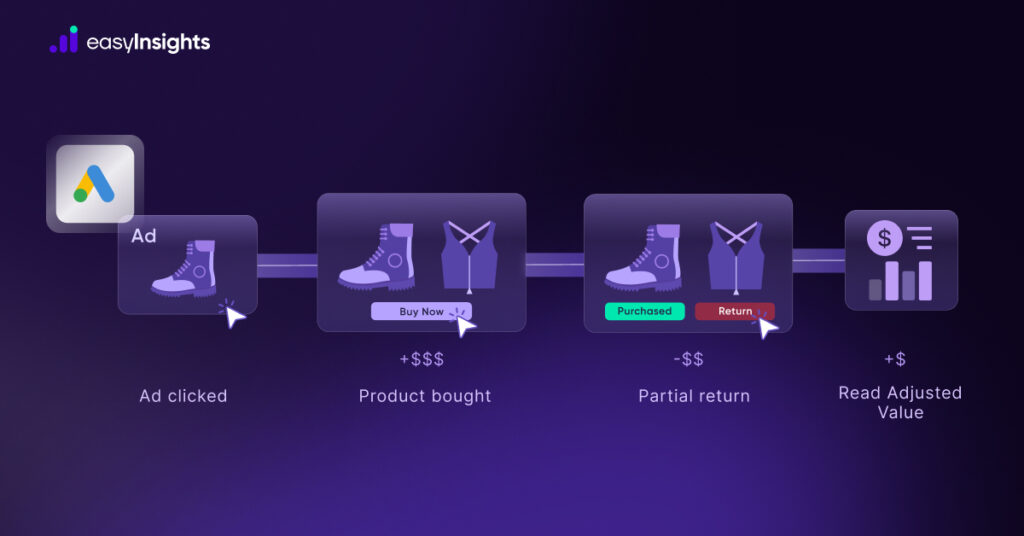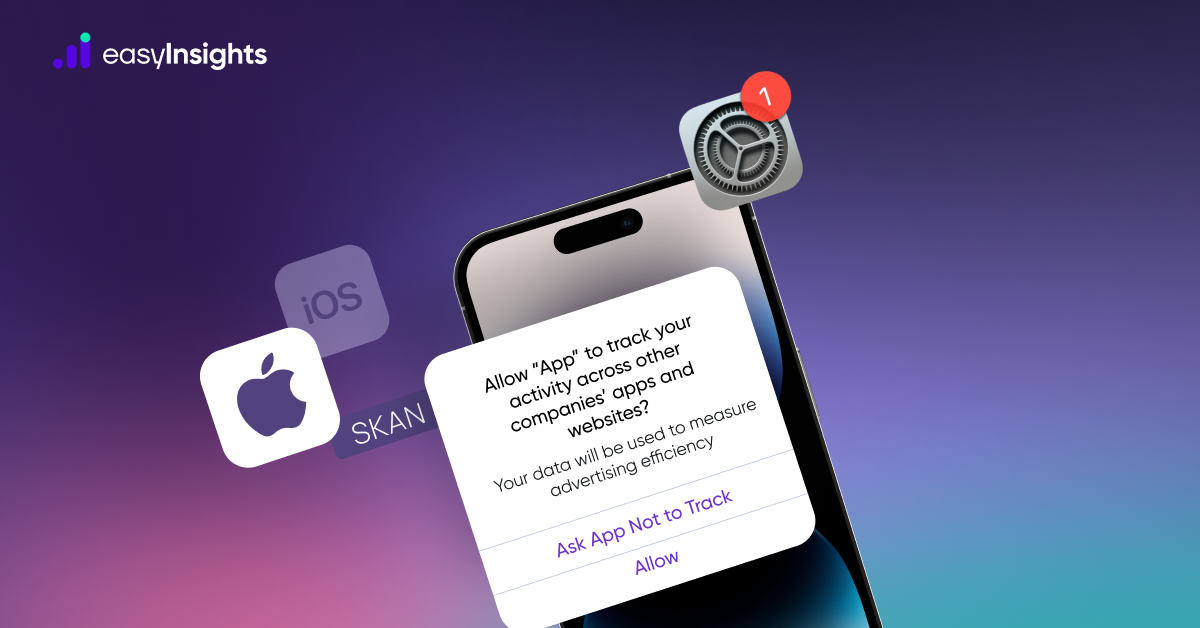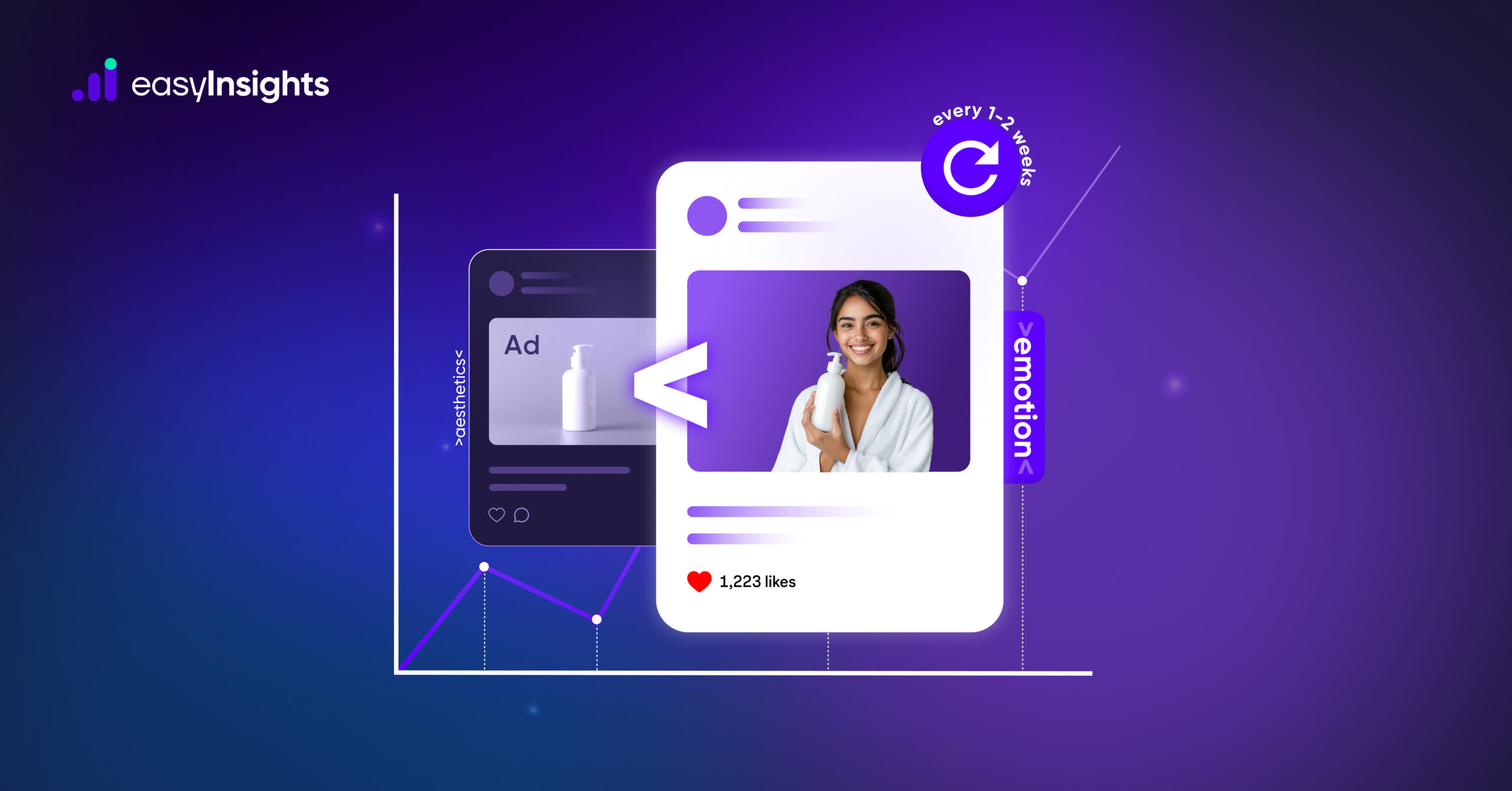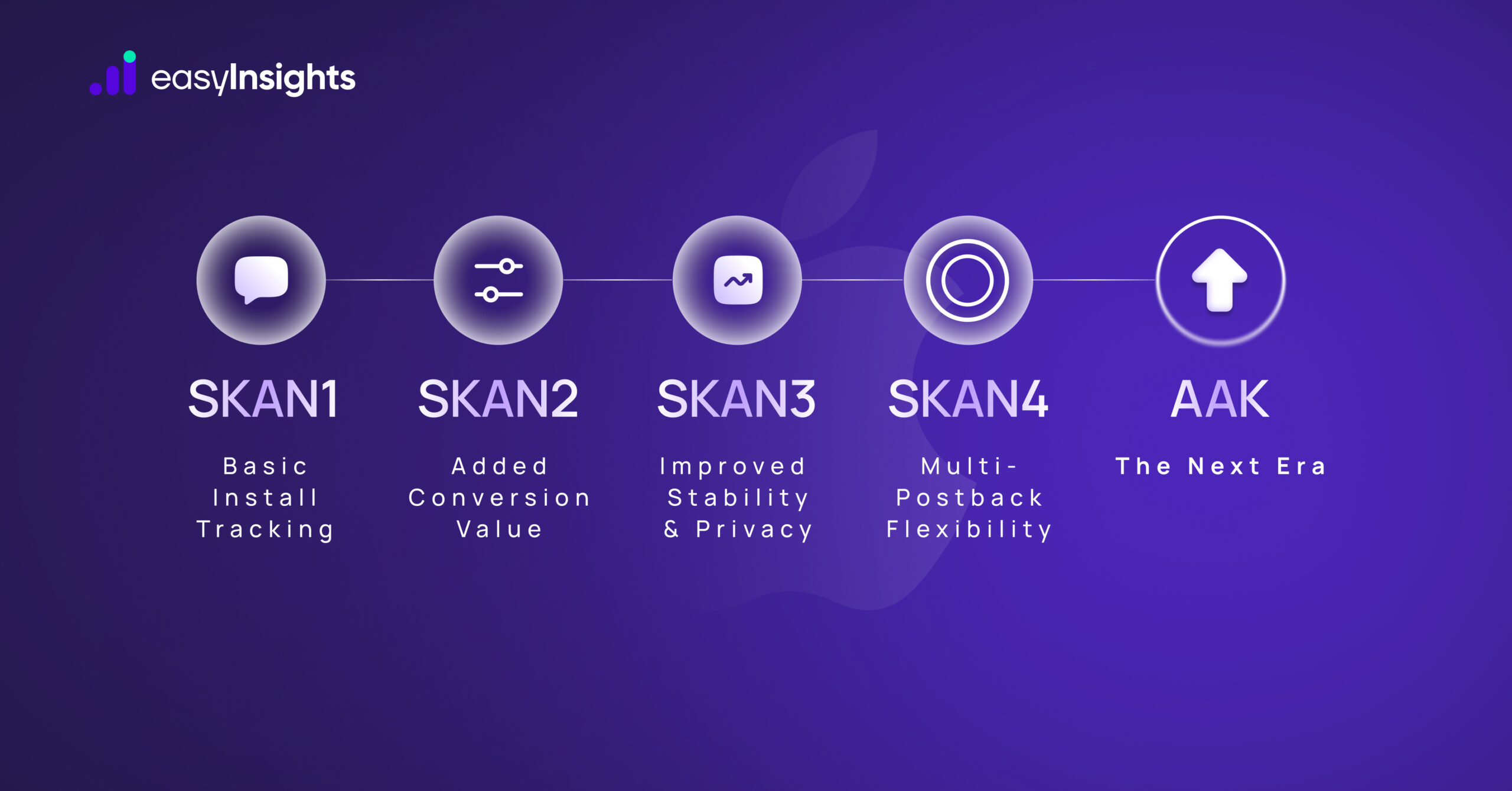
Tracking conversions in Google Ads is all about knowing which clicks turn into real brand results like sales, sign-ups, or leads. But sometimes, the numbers aren’t always accurate. Maybe a customer returned a product, canceled a booking, or upgraded their purchase later. That’s where conversion adjustments come in.
Conversion adjustments in Google Ads let you update, correct, or refine your conversion data so it matches real business outcomes. Instead of relying on raw numbers, you get a clearer picture of what’s actually driving revenue. In this blog, we’ll dive into:
- What conversion adjustments are and why they matter
- The different types of adjustments (returns, cancellations, value changes, etc.)
- How using them can improve conversion tracking accuracy, campaign optimization, and ROI
Jump ahead to:
Google Ads Conversion Adjustments API
The Google Ads Conversion Adjustment API is designed to help advertisers refine their conversion tracking data even after an event has already been reported. Instead of sticking with the initial conversion numbers, this tool allows you to update, correct, or modify conversions when real-world brand outcomes don’t match what was originally tracked.
For example, in eCommerce campaigns, not every order goes through smoothly; customers may cancel, request refunds, or fail to complete payment when using credit services or cash-on-delivery options. In such cases, the original conversion logged in Google Ads no longer reflects actual revenue. By using the Conversion Adjustment API, advertisers can:
- Correct inflated conversion counts due to returns or cancellations
- Update order values when customers upgrade or downgrade their purchase
- Remove data errors that might mislead PPC campaign optimization
This ensures your analytics stay aligned with real business performance, helping you optimize ad spend, improve bidding strategies, and boost ROI based on accurate data.
Why Conversion Value Adjustments Matter
When you run Google Ads campaigns, tracking conversions is only half the story. The real value comes from making sure those conversions reflect your true brand’s outcomes. This is where conversion value adjustments play a big role. Let’s break it down with an example:
Imagine you run an e-commerce store. Every time a customer checks out, Google Ads records a conversion. Great news, right? But here’s the catch: many customers end up returning products, canceling orders, or requesting refunds. If you don’t adjust for that, your conversion data will overstate revenue and mislead Google’s automated bidding algorithms.
On the other hand, sometimes customers go beyond the initial purchase. They might:
- Sign up for a subscription or loyalty program
- Upgrade their order later on
- Refer friends and generate more sales
- Become repeat buyers who add long-term value
These behaviors are far more valuable than a single transaction, and your ad campaigns should recognize that.
Google Ads Conversion Adjustments (using GTM)
Conversion adjustments let you modify or remove conversions after they’ve been recorded by Google Ads. For example, if a customer returns an item or cancels an order, you can retract (remove) the conversion. Or if a customer later makes an upsell or you learn more about their lifetime value, you can restate (increase or decrease) the conversion’s value. In practice, you’ll either retract (set value→0 and remove from count) or restate (update the value) for conversions. This ensures your reports and bidding algorithms use up-to-date information (e.g. exclude refunded sales or include added revenue). Source
Prerequisites
- Conversion tracking set up: A Google Ads conversion action must already be created (with a unique name and ID). In GTM, you should have a Google Ads Conversion tag (with Conversion ID/Label) firing on your conversion pages.
- Transaction or Order ID: Your conversions must include a unique ID (e.g. Order ID or transaction ID) in the data layer or tag. Google Ads uses this ID (plus conversion name) to match adjustments to the right conversion. If no Order ID is available, you’ll later need the GCLID and conversion time to identify the conversion.
- GTM Setup: A published GTM container (web or server) and a Conversion Linker tag should be present to capture Google Click IDs (GCLIDs). You also need admin access to the Google Ads account (or manager account) that owns the conversion action.
- Enable Auto-Tagging: Ensure auto-tagging is on in Google Ads. This appends GCLIDs to ad clicks, allowing you to store them (e.g. via GTM) for offline uploads.
- Server-side GTM (for on-site adjustments): Because refunds or upsells often happen after the initial page load, you’ll need a server-side GTM container or backend system to send adjustment events. The website alone (client-side GTM) cannot push these delayed events into Google Ads. Typically, a webhook or server process will notify your server GTM when, say, an order is canceled.
Additional Reading: Understanding GCLID, WBRAID, and GBRAID: How Google Is Adapting to iOS Privacy Changes
How EasyInsights Powers Smarter Conversion Adjustments
Here’s where EasyInsights makes life easier for marketers:
- Unified Data Tracking: EasyInsights automatically syncs customer actions from multiple sources such as CRMs, payment gateways, ecommerce platforms, and ad platforms.
- Tracks RTOs & Cancellations Automatically – Directly integrates with your e-commerce, CRM, and payment gateway to update Google Ads with real-world outcomes.
- Creates Custom Events – Define what counts as a true conversion (e.g., prepaid vs. COD orders, upsells, repeat purchases, partial refunds).
- Optimizes Campaigns Smarter – Sends the right signals back to Google Ads so algorithms target customers who actually convert and stick, improving ROI.
EasyInsights turns raw, messy post-purchase data into actionable insights, ensuring every dollar you spend on ads is backed by true performance outcomes.
Additional reading – How to use server side tracking for better conversion tracking
Conclusion
Think of conversion adjustments as your way of teaching Google Ads what real success looks like for your brand. Whether it’s cutting out refunded orders or recognizing high-value repeat buyers, the cleaner your signals, the smarter your campaigns perform. With EasyInsights bridging the gap between raw events and actual outcomes, you gain the power to spend smarter, optimize with confidence, and scale campaigns that truly reflect business growth.
To optimize your campaign, book a demo with EasyInsights!








